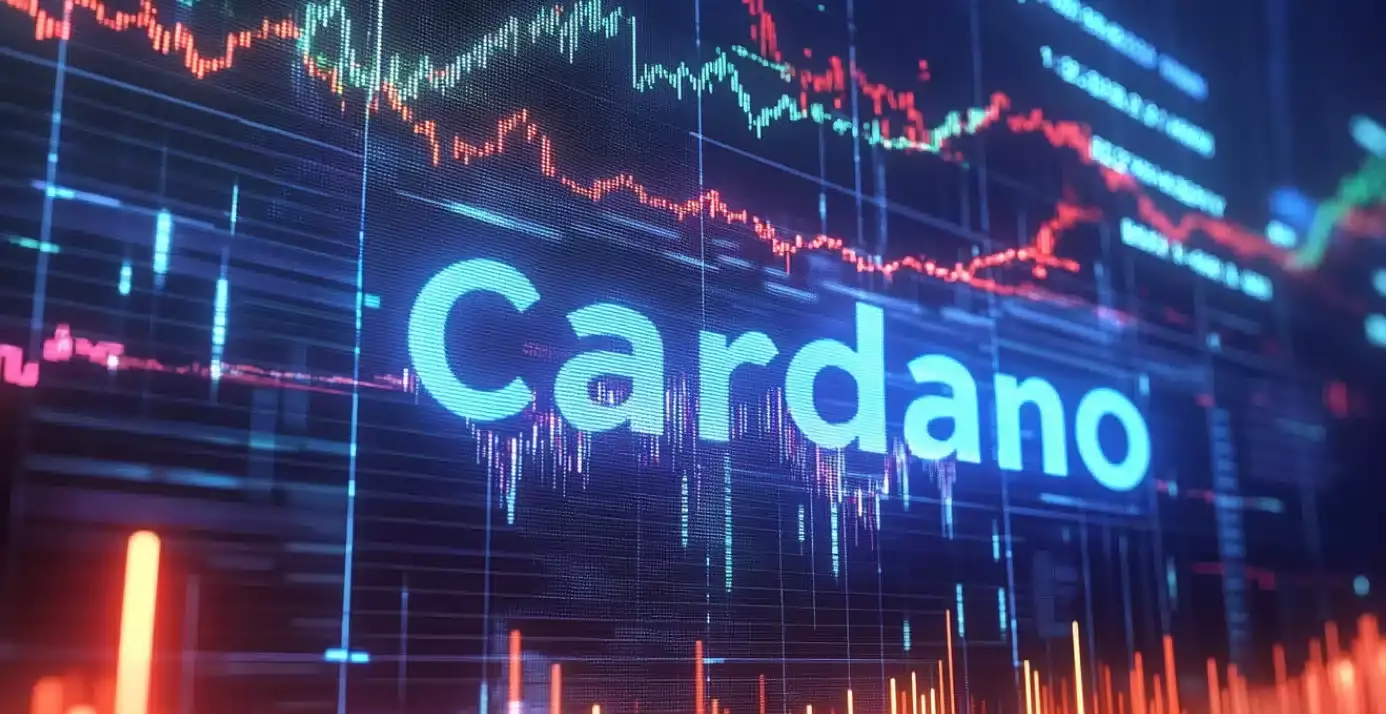In a recent discussion, Charles Hoskinson, the founder of Cardano and former CEO of Ethereum, shared his views on the governance models of both blockchains, drawing sharp contrasts between them. His remarks come in the wake of an interview at the TOKEN2049 conference in Singapore, where he labeled Ethereum’s governance as akin to a “dictatorship.” This term wasn’t merely a throwaway comment; rather, it reflects a deeper dive into the intricacies of how decisions are made in the Ethereum ecosystem compared to the collaborative framework he advocates for within Cardano.
Ethereum’s governance has often been credited with its success, largely hinged on the influence of co-founder Vitalik Buterin. Hoskinson suggested that while Buterin is not a dictator in the traditional sense, the reliance on his vision and directives has created an environment where major decisions seem to pivot around his insights. This analysis raises important questions about the nature of decentralized governance. If a single figure holds significant sway, does that undermine the foundational principles of decentralization that blockchain technology aims to promote?
Hoskinson’s Rationale: The Need for Structural Change
When pressed to elaborate on his points, Hoskinson underscored the systemic issues he sees in Ethereum’s governance model. He discussed the transition away from sharding to rollups, noting Buterin’s influential role in steering this decision. However, this begs the question: does notable influence equate to concentrated power? Although the Ethereum Foundation and its community play pivotal roles in governance, Hoskinson’s critique suggests that the framework lacks a sufficient distribution of authority, which can lead to stagnation or misalignment with the community’s broader interests.
In response to this perceived imbalance, Hoskinson champions Cardano’s governance system as a paradigm shift. He emphasized the importance of a delegate-based model that incorporates participation from a diverse range of stakeholders, including researchers, engineers, and community members. This discourse hints at the ongoing struggle within blockchain ecosystems to strike a balance between effective leadership and community-driven governance, a challenge that echoes beyond the walls of just these two platforms.
The Future of Blockchain Governance: A Distinct Path
Looking toward the future, Hoskinson envisions a Cardano ecosystem that continues to thrive, even in his absence. His emphasis on a structured yet adaptable model of governance that leverages collective decision-making may offer a sustainable road ahead for decentralized platforms. This vision is rooted in mitigating the pitfalls he associates with both “anarchy” and “dictatorship” related to Bitcoin and Ethereum, respectively.
In a broader context, the criticisms raised by Hoskinson invite the blockchain community to introspect on its structures. As discourse around governance evolves, it becomes increasingly vital for projects to align closely with the principles of decentralization, inclusivity, and adaptability. Ultimately, whether Cardano’s model will prove more effective in securing long-term loyalty and innovation remains a question for the industry, but it undoubtedly opens up an essential dialogue about the future of governance in blockchain ecosystems.
As Hoskinson moves to distance himself from conventional crypto media, it may signal a deeper discontent with how narratives are shaped within the community. Such reflections illustrate the complexities at play and underscore an ongoing struggle for clarity and authenticity in blockchain storytelling.


Leave a Reply